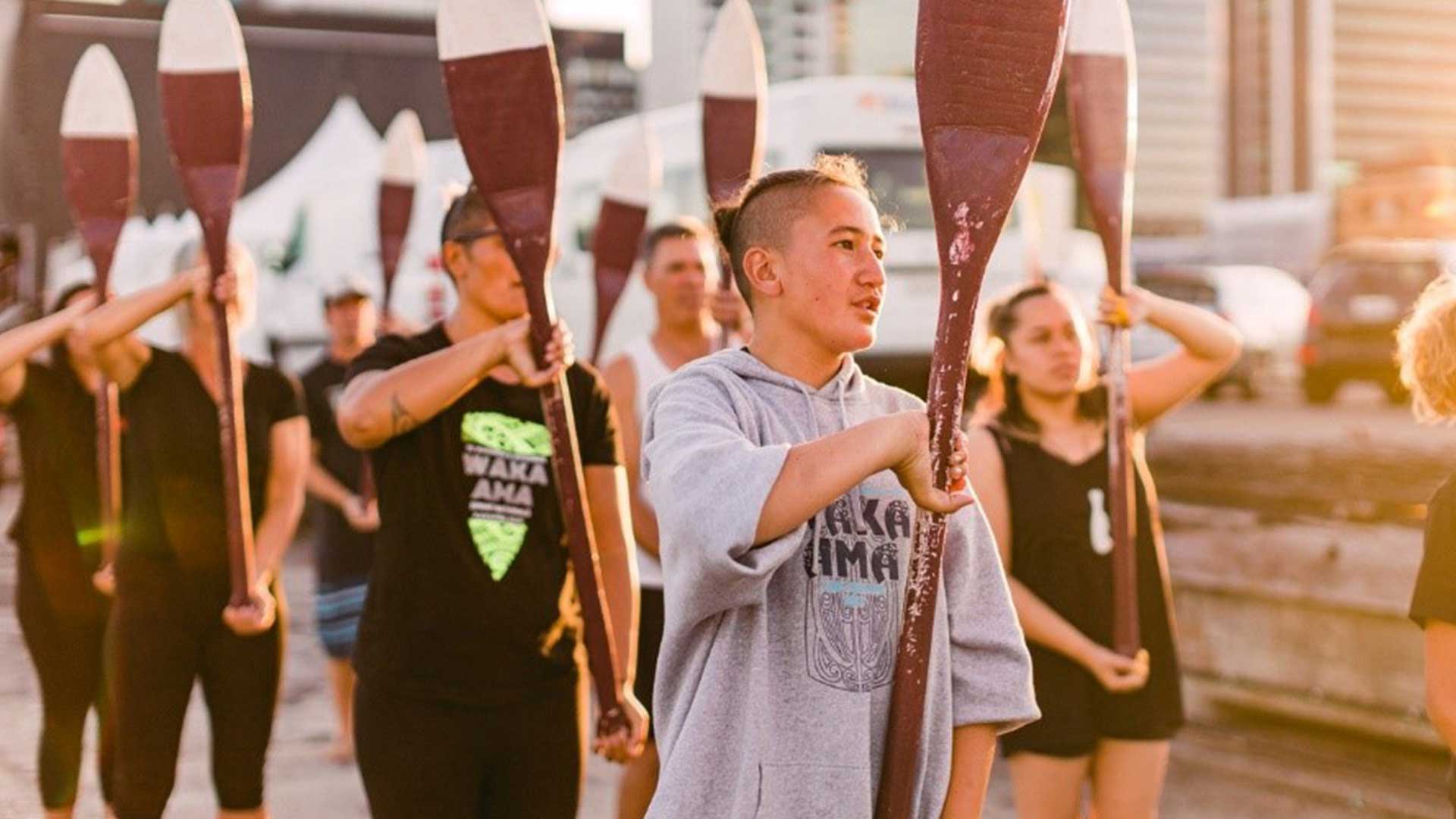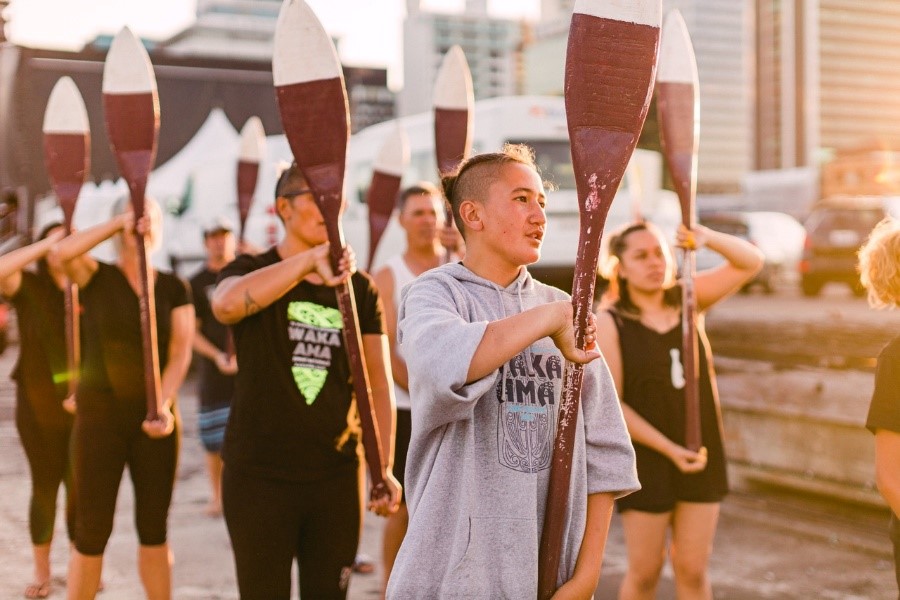Courtney-Dale Nel
Courtney is a Content Writer on the Pure SEO team. They have a Bachelor in Behavioural Psychology, way too much experience working with pigeons, and a fondness for nachos that rivals most marriages.

This year has been nothing short of a shakeup, with a pandemic, forest fires, racial injustice, and other issues dominating news headlines everywhere. Amidst these repeated crises, people are now, more than ever, seeking authenticity from the brands they connect with and being careful about where they put their money.
Where before your consumers might have brushed off a non-inclusive marketing campaign, they will now condemn one if it’s filled with the same faces over and over. As the holiday season—and with it, the gift-buying fervour—rolls around, this is more important than ever for companies to consider.
Audiences of today are demanding authenticity, inclusivity, and diversity as they see it in the real world and reflected in the ads on their screens. They want to connect with brands on a human level, see themselves and those they know in the promotions, and consume ethically.
Whether you’re revamping your digital marketing campaign or creating a print run, there are things that need to be considered when choosing everything from the models you shoot with to the message you spread.
Read on to discover some top tips from New Zealand’s leading SEO agency on how you can tailor your holiday marketing strategy to suit a newly awoken world.
(If you’re looking for a more general holiday marketing guide, check out our blog on how to Optimise your Digital Marketing for the 2020 Holidays.)

Our first tip is to understand your audience. While this is generally sound advice, it’s particularly important after a year of turmoil has shifted many people’s priorities. According to the 2020 Retail Reputation report—a report that reviews brand responses to customer feedback— “brands who improved their Reputation Scores the most had three times higher sales growth than others”.
In other words, brands who listen to their customers make more money.
However, understanding your audience goes beyond knowing your general demographic, although that is an essential step. It’s time to invest in some renewed market research to overhaul your current conceptions. Value-driven marketing is more important than ever, so it’s important to think about what your audience wants to see from your brand in terms of values, not just products.
For holiday marketing specifically, it’s important to either walk the line of neutral messaging or go all out to embrace inclusivity. New Zealand is a massive melting pot of many different cultures, religions, countries, and belief systems. So, it’s important to ensure your messaging, your content, and your practices reflect this.
Some ways to better understand your audience include:
If you need assistance rediscovering your audience, we can help.

Intersectionality is a term coined by Kimberlé Crenshaw, a black female Civil Rights professor in Ohio, over 30 years ago. Now, it has become a widely used term—one that holds particular importance at the end of 2020.
Each and every person on this planet is infinitely different, falling into not just one but many categories. Race, gender, sex, religious belief, sexual orientation, disability, political orientation; these are just some examples of the factors that interplay within a person. For many, these intersections mean their existence is rarely acknowledged in mainstream marketing campaigns, on social media, or on television.
Thanks to a worldwide focus on equality and diversity (especially among Millennials), campaigns that do little to represent these intersections are often condemned (and rightly so). It’s more than just displaying diverse faces for the sake of it. This is about crafting a fully realised image of your audience and ensuring they are well-represented in your marketing strategy.
Executing an intersectional strategy makes the difference between true inclusion and simple tokenism, something brands have been called out for in the past.
Let’s look at a great example. Below is a campaign done by Google that addressed how different people experience mental health issues, released as part of Suicide Awareness Week. The ad was prompted when Google realised their initial campaigns. Though they were racially diverse and showed a lot of people, they received backlash because “everyone looked like they worked in tech and lived in a hip, urban neighbourhoods.”
Google’s Pixel 2 ad of “The Picture Perfect life” captured not just quality photos, but also the unique intersectionality of their audience’s lives. All the while campaigning for a great cause!

Arguably, the real key to inclusive marketing at any time of year lies in one word: authenticity.
Once you understand the scope of your audience and all their intersections, it’s your responsibility to create a campaign that resonates with both your brand and your consumers’ values. This cannot come from a purely strategic standpoint, as most people are now primed to sniff out tokenistic campaigns.
Instead of creating a campaign that includes certain values and presences for the sake of uptake, see this holiday marketing season as a chance to take a deep dive into your company’s values. What do you believe in? What drove your company in its early stages? How do you connect with your customers?
Convey these values and beliefs through your marketing, not just your products, and your audience will sense the authenticity. Not only does this help in the short term, but it also solidifies a loyal customer base that will follow your company for life.
Here are some examples of inclusive marketing campaigns done right.
By bringing attention to the conversation black parents need to have with their kids to keep them safe, Procter & Gamble demonstrated an awareness and willingness to have a conversation about racial injustice. They hired black actors, centred the advertisement around the black experience, and didn’t shy away from the realities of the current world for anyone who doesn’t sport white skin.
You’d think a deodorant known for its “manly men” image wouldn’t be the type of brand to release an inclusive campaign, but we were all caught off guard by this one.
“Find Your Magic” emphasised the uniqueness of every man who uses their Axe body spray, rejecting the typical “be manly” message for “find your thing and work on it”. By rejecting comparisons and images of toxic masculinity, and rejecting the image of a typical man, Axe made a space for all men to find their magic.
Period product brand “Always” took it to the human level, asking women and men of all ages, colours, and types to do things “like a girl”. Young girls went for all they had, while the older generation showed how feminine stereotypes had affected the phrase for them by play acting.
The campaign demonstrates a transformation—the one girls go through as they move through life, the one where they are taught they can’t do things right or take things seriously because of their gender. The campaign rejects this thought, embracing the phrase “#LikeAGirl” as something positive.
This is a beautifully made ad, featuring a same-sex female couple’s journey over thirty years. It documents their trials and tribulations, acknowledging the struggles that come with being gay without taking away from the love story itself.
In the end, the ad ties in with Clio’s “Thirty Years in the Making” slogan. By demonstrating support for LGBTQ+ people, and casting a same-sex couple in the typical love story role many companies use to sell products, Clio takes the advertising game one step further and expands their market base at the same time.
Whether you need help understanding your audience better through analytics, or you need to craft an authentic campaign for the holiday season, we’ve got your back. We’re New Zealand’s leading Digital Marketing agency, so we have the experience you need to conquer the holiday scene this year. Reach out to get started today.

